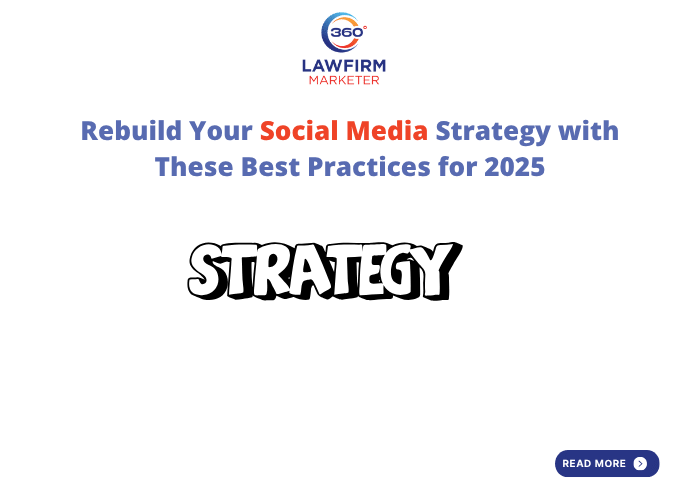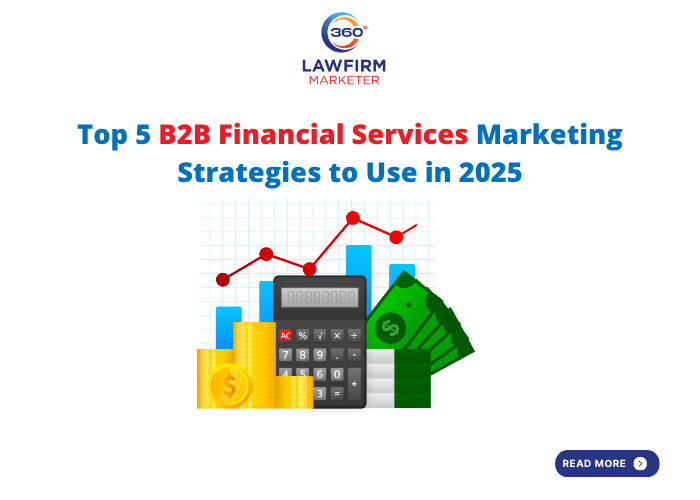
Social media has evolved beyond simple brand presence or vanity metrics. In 2025, it’s a full-fledged business channel one that must be managed with discipline, creativity, and measurement. To stay ahead, brands must shift from chasing likes and followers to driving real business outcomes: leads, customer retention, and revenue.
Here are 10 best practices you should follow to transform your social media from noise into a growth engine:
1. Start with Business Goals not Vanity Metrics
A lot of brands get stuck obsessing over likes, shares, and follower counts. But these numbers rarely tell you what drives your business forward. Instead:
To better understand what truly impacts growth, consider pursuing a business development certification that focuses on strategy, sales, and long-term value creation.
- Aligning social media targets directly with business goals such as boosting signups, increasing conversions, or retaining customers.
- Build a “metrics ladder” that connects awareness ➝ engagement ➝ conversion ➝ advocacy, so every post ties back to real impact.
- Make quarterly reviews less about engagement and more about value created revenue, customer lifetime value, and retention.
- Tie your social efforts into your CRM and sales systems so your social campaigns contribute to measurable outcomes.
When leadership sees society as a revenue driver rather than a cost center, your strategy becomes more sustainable and defensible.
2. Know Your Audience Really Know Them
Broad demographic buckets won’t cut it anymore. To succeed:
- Develop micro-personas that reflect not just age and location, but motivations, challenges, and platform behavior.
- Map the customer journey: where people discover your brand, where they research, and where they convert. Tailor content to each stage.
- Use social listening to track conversations and sentiment shifts. Monitor topics, keywords, and sentiments over time to stay relevant.
The more specific you get, the more your content resonates and the less wasted spend you incur.
3. Create Native, Platform-Specific Content
Reposting the same content across platforms is a shortcut that users and algorithms penalize. Instead:
- Tailor content to each platform’s format and audience expectations.
- On Instagram: lead with Reels, supplement with Stories and interactive elements like polls.
- On LinkedIn: favor carousel posts, short essays, or behind-the-scenes content that humanize your brand.
- On TikTok: hook the viewer in the first 3 seconds, use transitions and trends to retain attention.
- On YouTube: use Shorts to attract new viewers, then send them deeper with long-form tutorials, case studies or stories.
Native content appears more authentic, gets better reach, and prevents audience fatigue.
4. Cultivate Community Don’t Just Broadcast
Especially on platforms like Instagram, success comes from conversation not just posting. Brands should act as participants, not just publishers.
- Share behind-the-scenes glimpses, ask questions, use polls, host live Q&A sessions.
- Use new features (like private channels or subscriber groups) to nurture your most engaged followers.
- Create value in your community help, educate, entertain and let conversations drive visibility.
When your audience feels heard and part of something, they become ambassadors, not just viewers.
5. Rethink LinkedIn: It’s Not Just B2B Territory
LinkedIn has expanded beyond professional recruitment. It’s now a powerful stage for brand storytelling, thought leadership, and trust-building even for B2C brands.
- Encourage executives and team members to post in first-person narratives.
- Engage meaningfully in groups and comment threads, not just broadcast your voice.
- Use employee advocacy: empower your colleagues to share content and amplify brand reach organically.
When done well, LinkedIn becomes a platform for credibility not just corporate updates.
6. Leverage Your Personal & Business Network on Facebook
Facebook may have matured, but it remains a key hub for communities and conversations.
- Blend personal stories and brand updates to make your content more human and relatable.
- Use Facebook Events as a creative way to promote webinars, launches, or virtual meetups.
- Build niche Groups around topics your audience cares about this gives you a direct line into their interests and conversations.
Avoid over commercialization, people join communities for value and connection, not just promos.
7. Balance Shorts and Long-Form Content on YouTube
YouTube serves both as a discovery engine (Shorts) and a brand-building platform (long-form). To succeed:
- Use Shorts for discovery and teasing deeper content.
- Publish longer tutorials, stories, or use-case videos to build trust and demonstrate expertise.
- Optimize both formats with compelling titles, thumbnails, and relevant tags so your videos surface in searches.
When Short-form content feeds into your deeper content ecosystem, you cultivate both reach and authority.
8. Exploit TikTok’s Power to Blend Community, Content & Commerce
TikTok has matured into a discovery-to-purchase funnel where users can explore, engage, and buy without leaving the app.
- Leverage trending sounds, hashtags, and formats to enter viral loops.
- Host live sessions to engage in real time and drive urgency.
- Enable in-app commerce features so viewers can purchase directly from your content.
To scale successfully, synchronize content strategies with promotions, inventory, and creator partnerships in advance.
9. Enforce Governance, Compliance & Scalability
When managing multiple accounts or working across regions, you need guardrails:
- Assign role-based access so team members only control what’s necessary.
- Set up approval workflows for sensitive content (e.g. compliance statements, announcements).
- Audit regularly for off-brand posts or compliance errors.
One rogue post or regulatory misstep can harm trust and brand reputation governance is no longer optional.
10. Measure What Matters Not Just What’s Easy
Virality is exciting, but it rarely sustains growth. To build a long-term foundation:
- Prioritize metrics tied to business value conversions, retention rate, customer lifetime value, sentiment.
- Link social analytics with CRM and commerce platforms to trace impact.
- Use A/B or multivariate testing not just for engagement, but to optimize for conversion.
With disciplined measurement, you can iterate intelligently and demonstrate social media as a growth engine not a cost center.
Final Thoughts: From Posting to Purposeful Growth
Consistency is still vital but not for its own sake. The brands that win in 2025 will be those that:
- Publish regularly and smartly
- Use content that adapts to each platform
- Tie social efforts to real business goals
- Think like storytellers and analysts
This is the era where social media becomes a boardroom tool, a measurable source of revenue and growth. If you build with intention, use insights to inform every step, and bring community into your brand narrative, you’ll turn social media into one of your strongest growth levers.
To strengthen your strategic approach, explore courses for business development that can help align your social media efforts with broader business goals.
To strengthen your online marketing skills, consider enrolling in digital marketing training in Ahmedabad and learning how to turn digital channels into powerful business drivers.
To further enhance your digital marketing strategy, consider joining SEO classes in Ahmedabad and learning how to drive organic traffic alongside your social media efforts.




